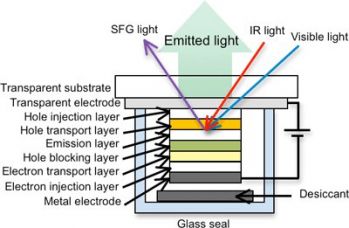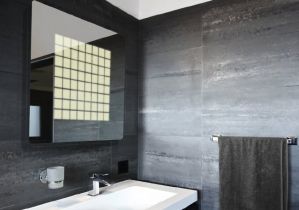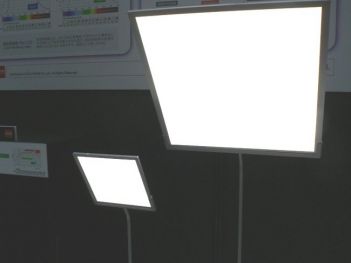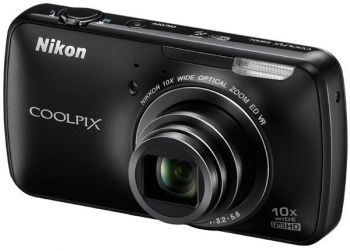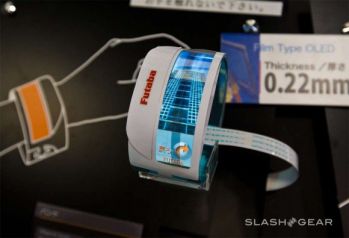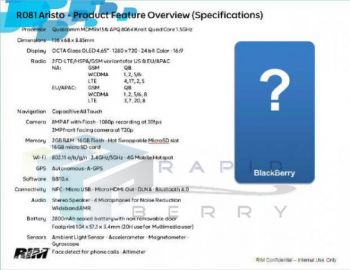Cynora unveiled a new flexible OLED prototype aimed for smart packaging
German startup Cynora unveiled a new mostly-solution-based flexible OLED prototype - aimed for smart packaging applications. Cynora developed the low-cost emitters (based on copper precursors) and developed the prototype in collaboration with InnovationLab (in a project titled cyFlex).
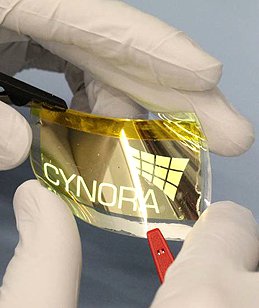
Cynora are now working towards the integration of the wiring into the thin film layers of the OLED. Cynora are using solution processing (coating and printing).


